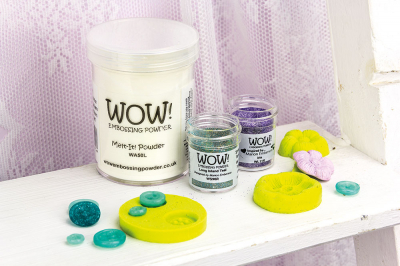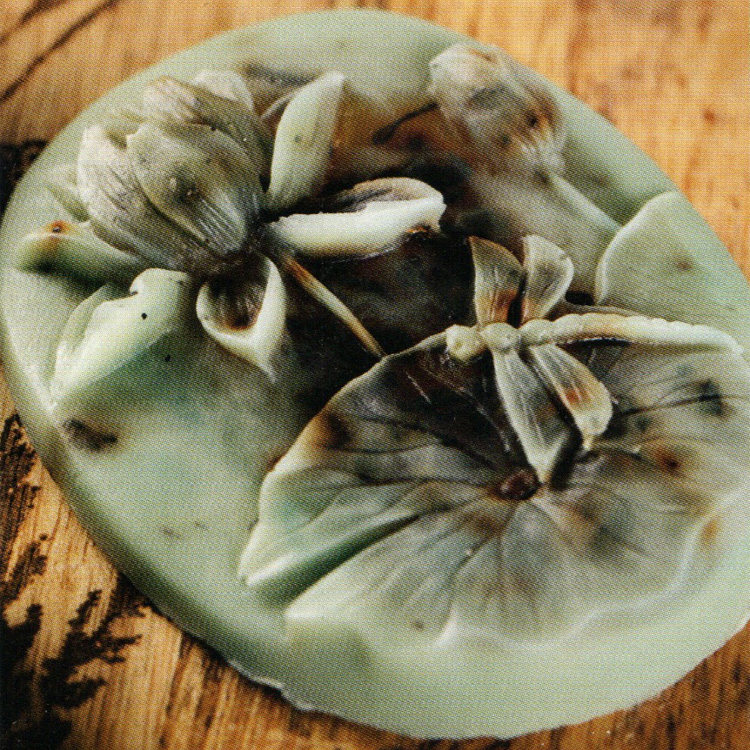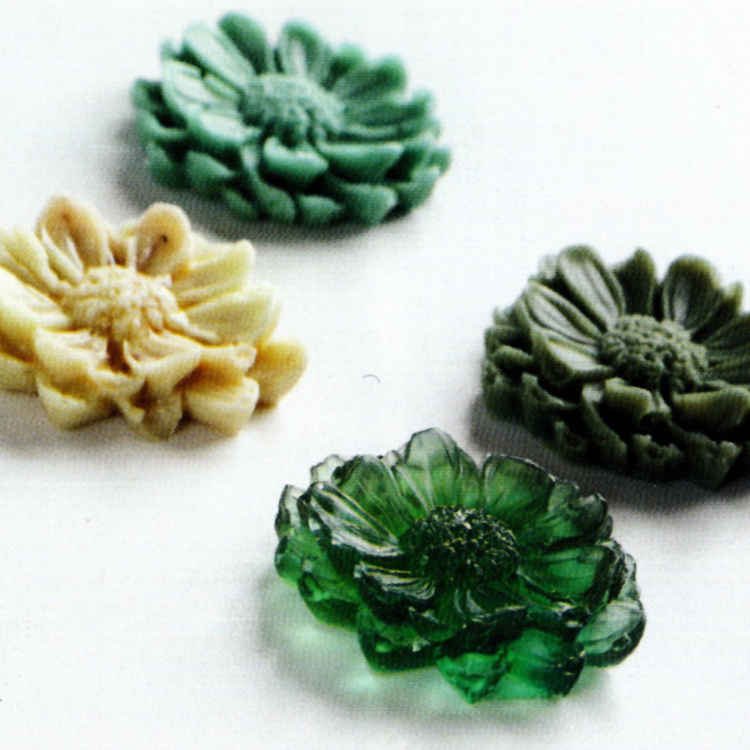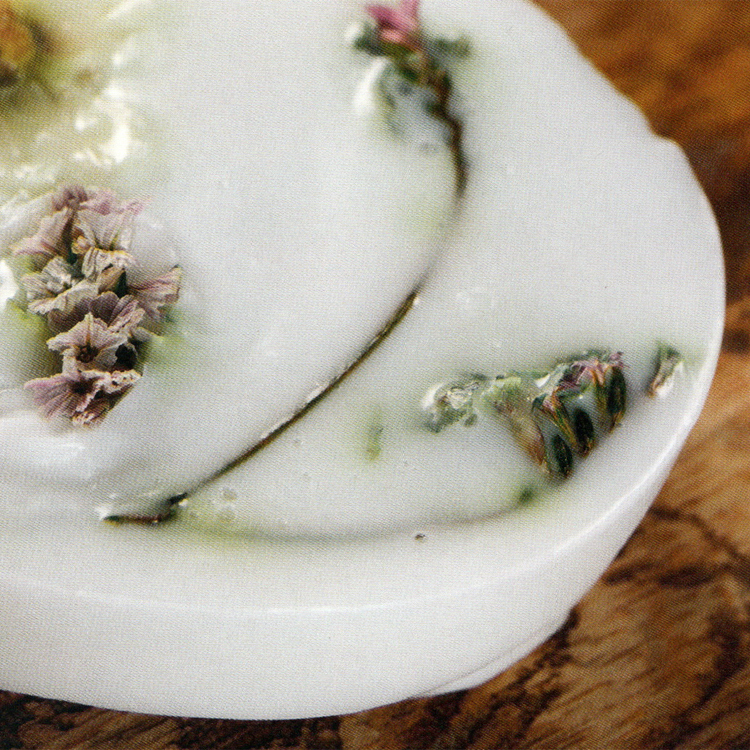Our team offers professional support in your own language
Order as little as 1 piece
Order carefully packed and shipped within 24 hours *
Home / Hobby brands / Stafil / Silicone moulds
To make your own soaps, use moulding soap from, for example Stafil.
Using soap paint and fragrance, you can give the soaps the colour and fragrance you want.
Read a detailed description on how to make your own soaps here.
Silicone moulds are also great for making plaster casts. For this, use, for example, ceramic powder from Stafil.
Read here More information on KERAflott (Kera-Blan) ceramic powder.
Besides liquid mediums, it is also possible to make clay figures with silicone moulds. Use Do&Dry clay from Creall.
Do&Dry clay is an air-curing modelling material for children and professionals.
Properties of Do&Dry clay:
In addition to clay, it is also possible to cast concrete or mould in silicone moulds.
We have both in-situ concrete and dressed concrete in our Viva Decor assortment.
In-situ concrete
In-situ concrete powder properties
Kneaded concrete
Beton zum Kneten from Viva Decor is a concrete powder, which diluted with water becomes a firm but easily mouldable clay.
Not to be confused with the Cast Concrete, which diluted with water becomes a casting compound. The Beton zum Kneten dries and hardens in the air.
Our silicone moulds from Stafil are suitable for making your own candles.
These candles can be decorated afterwards with Viva Decor's wax pens.
Wax pins for candles
Wax pens (also called wax pens) for candles contain a creamy wax in a tube, which keeps its shape for decorations or writing on candles.
Waxpen features:

Silicone moulds are also suitable for making figures with Met-it Powder from WOW! Embossing.
In the video below, you can see how to melt the met-it powder and pour it into the silicone mould.




In five steps, we explain how to make your own soap.
Melt the moulding soap as directed on the packaging.
You can very easily heat the plastic bucket (without label) in the microwave.
You can remelt the soap endlessly, so it's not a big deal if you have a little too much soap
melted.
Caution! The soap can get very hot, do not let it boil (max 60º) otherwise it will also create
air bubbles in the liquid.
Pour the amount you want to use into a separate jar.
The soap is easy to colour by adding a few drops of food colouring to the
molten soap.
Start with one drop and build up to the desired result.
Stafil has three basic shades in its range which are easy to mix.
In this project, only green and orange were used, in different mixing ratios.
Do not stir the colour or fragrance too hard into the soap as this will create air bubbles.
Tip: Add a drop of orange to the green for a nice natural green hue.
There are two scents available in the Stafil range: Jasmine and Strawberry.
Add a few drops to your melted soap as you wish.
Pour the soap liquid into a mould.
Make sure all the details are well filled with soap. Any air bubbles can be pricked away
with a skewer.
Depending on the size of your mould, the soap dries fairly quickly. You can speed up this process by
placing it in the fridge. Make sure you have several moulds ready so that they are all in
once be able to dry.
Extra fun is to add, for example, dried flowers, tea or other additions to
the soaps.
For good visibility, put this on top of the soap liquid in the mould afterwards.
For this, the soap should already have dried in slightly otherwise e.g. the flower will sink to the bottom.
But not completely dried in either because then it won't adhere to the soap.
For a subtle effect, stir tea leaves into the soap mixture, for example.
Do pay attention to the combination of scents here.
Building layers
One of the nice features of soap is that you can build up different layers.
For example, pour half the mould full of white soap, let this dry. Then pour a
transparent layer over it. This gives a very nice effect in depth.
Similarly, you can also make smaller soaps (like the flower) on top of a larger soap
'sticking'.
In addition to differences in transparency, you can also cast different colours.
Layered or stirred together as a marble effect, experiment!
Of course, we don't throw away leftovers.
Soaps can also be cut into different shapes after curing.
The scraps left over from this can all be melted down and possibly re-coloured into a
new soap.
Besides remelting leftovers, you can also roll a strip of half-cured soap into a
rose, as in the example.
Ceramic powder is used to cast reliefs and shapes in plaster.
Properties of ceramic powder:
Processing ceramic powder:
Painted nkeramic powder
Tip! For some materials, it is wise to spray the silicone mould first with spray for silicone moulds from Stafil.
You need an account to view our entire range in our webshop.
Sign up without obligation via the yellow button below. Consumers are referred to our points of sale via our showcase site Evelines Design.